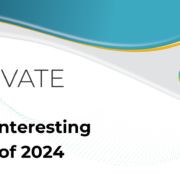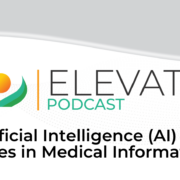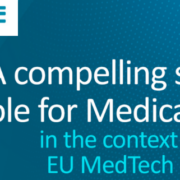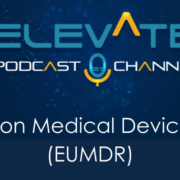Click a thumbnail below to listen to the episode.
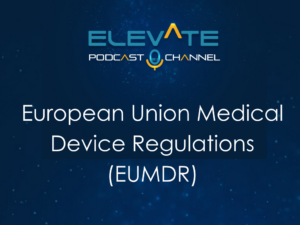
Episode 1: Host John Pracyk, MD, PhD, MBA, Worldwide Integrated Leader, Medical Affairs, Pre-Clinical & Clinical Research, DePuy Synthes – Spine | Johnson & Johnson Medical Devices Companies welcomes Philip Desjardins, JD, Vice President, Global Regulatory Affairs Spine and Medical Device Regulatory Policy, DePuy Synthes | Johnson & Johnson Medical Devices Companies, and Drilon Saliu, PharmD, MBA, Head, Medical, Clinical and HEOR, Connected Care, Philips, to share insights into the importance of compliance with the new European Device Medical Regulation (EUMDR), including key deadlines for compliance.
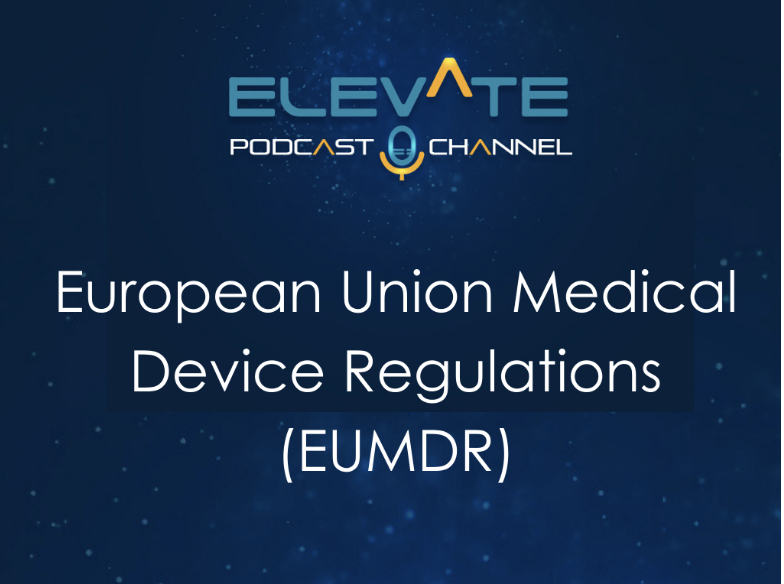
Episode 2: Host John Pracyk, MD, PhD, MBA, Worldwide Integrated Leader, Medical Affairs, Pre-Clinical & Clinical Research, DePuy Synthes – Spine | Johnson & Johnson Medical Devices Companies welcomes Philip Desjardins, JD, Vice President, Global Regulatory Affairs Spine and Medical Device Regulatory Policy, DePuy Synthes | Johnson & Johnson Medical Devices Companies, and Drilon Saliu, PharmD, MBA, Head, Medical, Clinical and HEOR, Connected Care, Philips, to continue their comprehensive discussion of: Covid’s impact on EUMDR; USFDA and EUMDR global regulator comparison; short and long term impacts; how Brexit might impact the UK’s regulatory oversight; the importance of investing in top talent; new capabilities that are required; the importance of leading with influence; and, evidentiary compliance planning and budget impact.
CLICK HERE to subscribe to the Elevate Podcast Channel on Apple iTunes.


